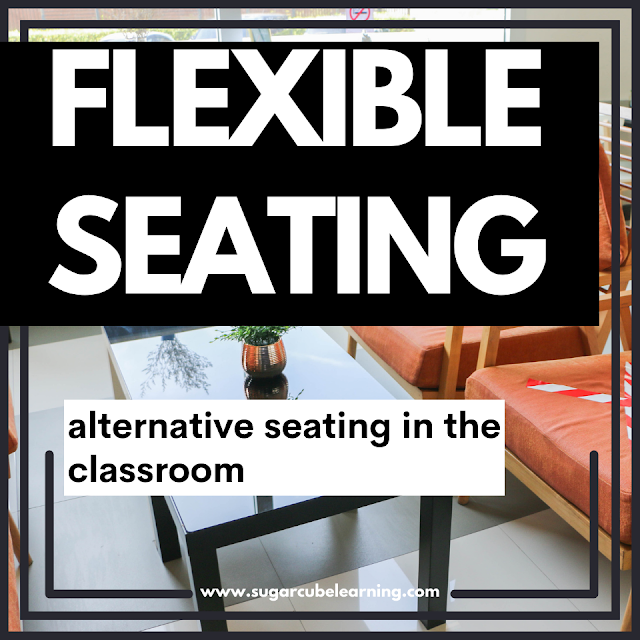Most classrooms today still adhere to the factory assembly-line model of teaching of the 1800s. Desks are arranged in rows, and the teacher leads the way. This model may have been efficient a century ago, but it has never lent itself to comfort. Many students spend hours a day sitting on a carpet square or rug (where they can't stretch or wiggle into others' space), and then are dismissed to a hard, uncomfortable desk. Optimal for learning? I know as an adult I would crave more comfortable seating options.
Flexible (or alternative) seating allows for just that. You don't have to throw away all of your tables and chairs just yet (some kids prefer them). However, more and more students around the country are being given the chance to read on wiggle cushions, bounce on yoga balls, or complete their math exercises at a standing table. They are given the opportunity to move, stretch, and wiggle. And they are loving it!
Here are some of the health benefits to giving students a choice in where they work best:
Elementary students who undergo prolonged periods of instruction often become more fidgety or restless and experience diminishing levels of concentration. When kids are required to work for long periods without movement, students will work less efficiently, which is the opposite of what teachers desire. Daily physical activity for our students is vital for enhancing their overall health. If the end goal is for more productive and better behaved pupils, teachers may wish to incorporate alternative seating choices which allow for fewer physical restrictions.
If you're thinking about incorporating flexible seating in your classroom, but don't know how to introduce it to your students, check out my Flexible Seating Discussion Booklet. It will help you get the conversations started on topics such as, "Where are my supplies?", "What should I do if my favorite seating choice has been taken?", and "Where does this go?" Just click on the image below.
How are you incorporating flexible seating in your classroom?
References:
JARRETT, 0. S., D. M. MAXWELL, C. DICKERSON, P. HOGE, G. DAVIES, and A. YETLEY. Impact of recess on classroom behavior: group effects and individual differences. J. Educ. Res. 92: 121-126, 1998.
PELLEGRINI, A. D., and P. D. DAVIS. Relations between children's playground and classroom behavior. Br. J. Educ. Psychol.
63:88-95, 1993.





